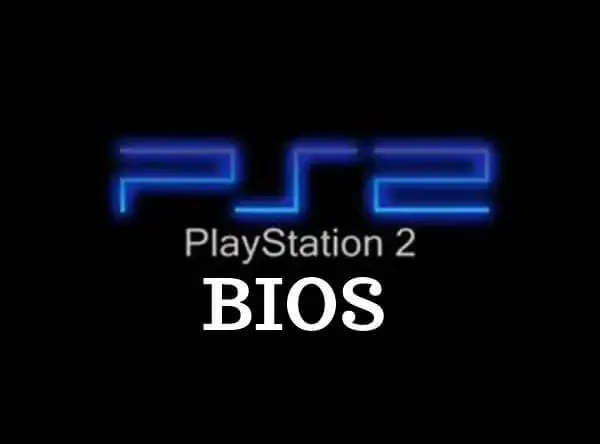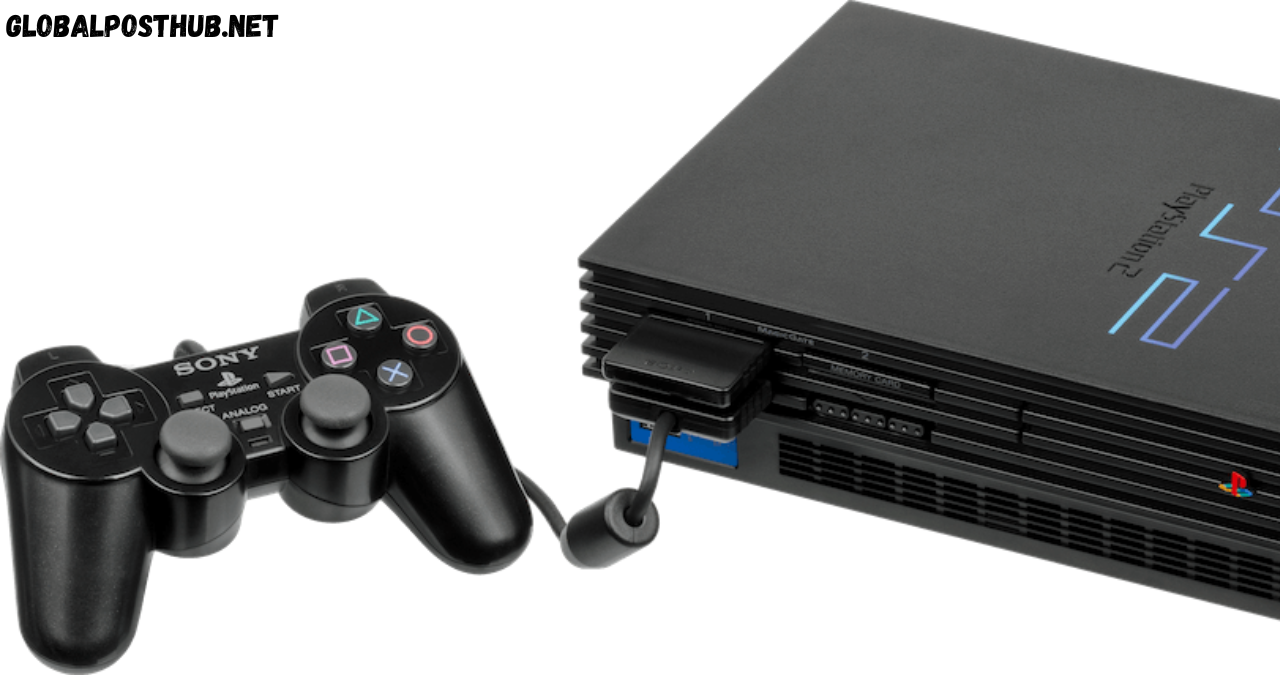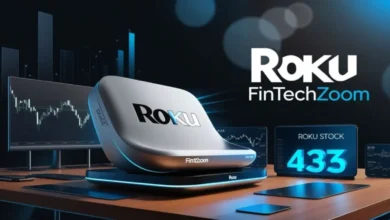Introduction to PS2 BIOS
The PlayStation 2, often abbreviated as PS2 BIOS, remains one of the most iconic gaming consoles in history. Released by Sony in 2000, it revolutionized the gaming industry with its powerful hardware, massive game library, and unmatched popularity. But PS2 BIOS the sleek exterior and engaging gameplay lies a fundamental system component that makes the entire console function — the PS2 BIOS.
The PS2 BIOS, or Basic Input/Output System, is a crucial piece of firmware stored on a chip inside the console. It initializes and tests hardware components and provides runtime services for operating systems and programs. In the PS2, the PS2 BIOS acts as the intermediary between the console’s hardware and its games, enabling smooth execution and compatibility. It is the first code that runs when the console is powered on, ensuring all components are ready to work together.
Understanding the PS2 BIOS is essential not only for retro gaming enthusiasts but also for developers and preservationists. As PS2 emulation becomes more popular, especially through tools like PCSX2, the BIOS serves as the gateway for booting and running games on non-Sony hardware. Whether you’re exploring the depths of retro tech or diving into emulator configuration, the PS2 BIOS is the cornerstone of it all.
In this article, we’ll unravel the complexities of the PS2 BIOS, exploring its technical functions, legal implications, use in emulation, and role in preserving gaming history.
Technical Breakdown of the PS2 BIOS
The PS2 BIOS is more than just a startup routine — it’s a highly specialized set of instructions designed to initialize hardware, manage input/output processes, and provide essential support for running games and software. When you press the power button on a PS2, the BIOS kicks into action, performing a series of diagnostic tests and initializing memory, controllers, and the DVD drive.
One of the critical roles of the BIOS is to ensure compatibility between the PS2 hardware and the software being run. It manages low-level functions such as controller input, memory card access, and disc reading — all without relying on the game’s software. Because of this, the BIOS is tailored to work precisely with the PS2’s internal architecture, making it irreplaceable in both physical and emulated environments.
Another essential aspect is the regional variation in BIOS versions. Different regions like North America (NTSC-U), Europe (PAL), and Japan (NTSC-J) have distinct BIOS files. These variations affect which games can be played due to regional lockouts and differing television standards. As such, choosing the correct BIOS for your region is crucial for accurate emulation and gameplay experience.
The PS2 BIOS also incorporates a layer of security features. These include encrypted checks and signature verifications that prevent unauthorized software from running on the system. While these mechanisms were designed to combat piracy, they also present challenges for emulation developers, requiring clever workarounds to achieve full compatibility.
Legal and Ethical Considerations
The legality of using a PS2 BIOS file is one of the most debated topics in retro gaming and emulation communities. According to copyright law, the BIOS is intellectual property owned by Sony. This means distributing it — or even downloading it without authorization — is considered copyright infringement. Regardless of your intentions, using a BIOS file sourced from the internet without legal ownership is technically illegal.
However, there is a legal and ethical workaround: dumping your own BIOS. If you own a PlayStation 2 console, you have the legal right to extract the BIOS from your own hardware for personal use. This process involves using homebrew software tools to copy the BIOS data and transfer it to your computer. While not necessarily simple, this method ensures you stay within the boundaries of the law.
Ethical considerations also play a big role. Many gamers support game preservation efforts and want to enjoy classic titles without resorting to piracy. The challenge lies in balancing access and legality. Developers and enthusiasts alike advocate for a fair-use framework that would allow legal emulation for archival purposes while still protecting intellectual property rights.
It’s also important to recognize that downloading BIOS files from unofficial sources carries risks beyond legality. These files can be corrupted, modified with malware, or incompatible with your emulator, potentially damaging your system or data. Always prioritize responsible, safe, and ethical practices when dealing with BIOS files.
Using PS2 BIOS with Emulators

In the world of emulation, the BIOS is a necessary component that bridges the gap between original hardware and modern systems. Emulators like PCSX2, the most popular PS2 emulator, rely on a genuine PS2 BIOS to function correctly. Without it, the emulator cannot boot games or replicate the console’s behavior accurately.
To get started, users must first acquire a PS2 BIOS — legally, by dumping it from their own console. Once obtained, it needs to be configured within the emulator. In PCSX2, for instance, you simply place the BIOS file in the designated folder and select it during the initial setup. The emulator then uses it to simulate the PS2’s startup sequence and system behavior.
Using the right BIOS version is essential. A mismatch between your game’s region and the BIOS file can lead to errors or incompatibility issues. Emulators have become increasingly sophisticated, but they still rely heavily on accurate BIOS files to mimic original performance. Advanced users may also adjust settings like speed hacks, resolution scaling, and texture filtering — all of which can be influenced by the BIOS version.
Troubleshooting BIOS issues in emulators is a common challenge. Errors like “BIOS not found” or “incompatible BIOS” usually stem from incorrect file paths, corrupted BIOS files, or improper configurations. Ensuring your BIOS is clean, unaltered, and properly named can eliminate many of these problems. With the right setup, you can unlock the full potential of PS2 emulation on your PC or handheld device.
Preservation and Modding Communities
The PS2 BIOS plays a pivotal role in video game preservation efforts. As physical discs deteriorate and consoles become harder to find, emulation — backed by authentic BIOS usage — offers a way to keep classic games accessible. Enthusiast communities, museums, and digital archivists all rely on BIOS dumps to preserve the original hardware experience.
Open-source communities have also embraced BIOS-related projects. While developers cannot legally distribute the BIOS itself, they work on compatible tools and documentation that support legal emulation. These include BIOS dumper utilities, modding kits, and emulator plugins that enhance or replicate the console’s behavior.
Modding communities often explore BIOS customization. While this is more niche, advanced users have found ways to alter the BIOS to include custom startup screens, tweak region settings, or even unlock hidden system features. These modifications require a deep understanding of firmware but showcase the flexibility and power of the BIOS when put in the right hands.
Ultimately, these communities serve a greater purpose: preserving a piece of gaming history. By responsibly engaging with the PS2 BIOS, they help keep the legacy of one of gaming’s greatest consoles alive for future generations.
Conclusion
The PS2 BIOS is more than just a line of code — it’s the heartbeat of a legendary console. From booting games and managing hardware to enabling emulation and preserving history, its impact is profound. Understanding how the BIOS functions, how to use it legally, and why it matters is essential for gamers, developers, and historians alike.
As the PS2 continues to age, its BIOS will remain a vital tool in bridging the gap between past and present. Whether you’re reliving your favorite childhood games or exploring retro titles for the first time, the PS2 BIOS makes that experience possible. Just remember: with great power comes great responsibility — use it wisely, and play on.
Frequently Asked Questions (FAQs)
What exactly is the PS2 BIOS?
The PS2 BIOS is a firmware component that initializes hardware and allows the PlayStation 2 to function correctly.
Is it legal to download a PS2 BIOS from the internet?
No, downloading it from unofficial sources is illegal. You must dump it from your own console.
Can I extract my own PS2 BIOS? How?
Yes, you can extract it using a PS2 console and BIOS dumper software. It requires a memory card and USB device.
Why is the BIOS necessary for emulation?
The BIOS replicates the PS2’s internal processes, allowing emulators to run games correctly.
Are there region-specific differences in BIOS versions?
Yes, each region (NTSC-U, PAL, NTSC-J) has a different BIOS, affecting compatibility and performance.
You May Also Read: https://globalposthub.net/spelling-bee-solver/




